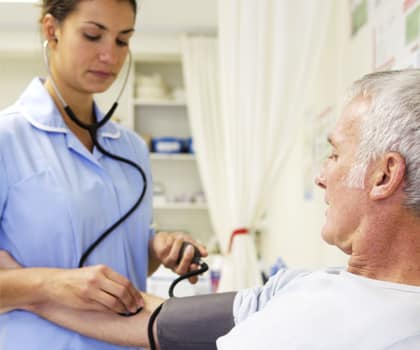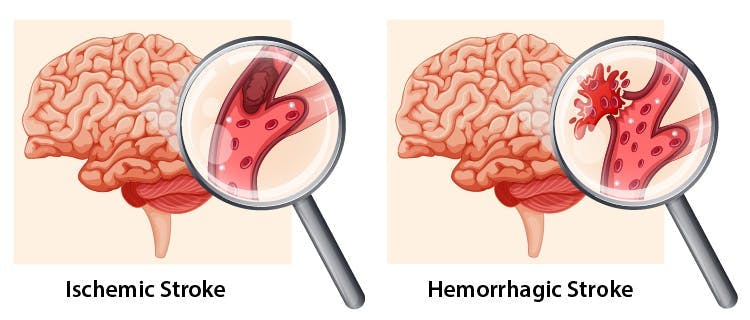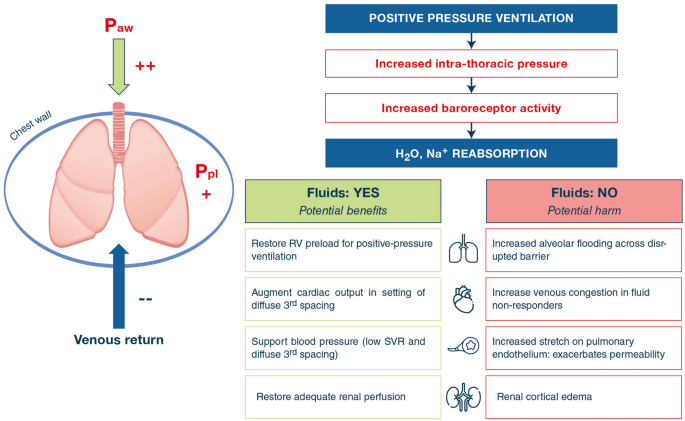
People who suffer from factitious disorder are often very ashamed
They might feel that their condition is just part of their personality, and they are willing to accept it. But if you have this condition, you know that your life is very limited because you have a tendency to put on a front and act differently than the way that you really feel.
The best treatment for man-made disorder is therapy (an experimental form of mental health treatment). Most likely, treatment will involve changing the way the patient thinks and behaves (cognitive behavioral therapy), or at least encouraging him or her to do so (family therapy). Family therapy can also be used to treat a man-made disorder, especially if the person knows that his or her family members are suffering from the mental illness.
Because of all the treatment options available, you may wonder which method is best for you if you are suffering from an artificial disorder. Before choosing a treatment option, you need to do research to find out which options are right for you and which ones are right for your family and friends.
There are several treatments that have been shown to be effective in treating people with artificial disorders. These treatments include behavioral therapy and psychotherapy. However, these treatments cannot solve the problem on their own. The procedures should only be carried out together.
You may be interested in cognitive behavioral therapy techniques that are usually accompanied by behavioral therapy. The goal of CBT is to teach the patient to change certain thinking patterns, change their response to certain situations, and even change their emotional response to certain situations.
Behavior therapies are normally administered after the cognitive behavioral therapy has been completed. With behavior therapies, you will be taught how to change specific behaviors that people with factitious disorder perform, such as lying and other types of deception.
Some people choose family therapy, which is used with psychotherapies, since family therapy is usually more gentle. It also requires less time and effort. Family therapy can provide a lot of support to a patient suffering from factitious disorder.
Once you have chosen a method to treat your factitious disorder, you should also try to learn more about it before choosing the best treatment for it. If you still have unanswered questions, talk to your doctor or to a therapist. Your doctor or therapist will be able to help you decide on a treatment program that will work for you. or guide you toward one that you have never considered.
Remember that no matter which treatment option you choose, it is important that you stick to it
This is very important if you want to get the most out of your treatment. No matter how tempting it is to give up at first, this will not help your condition. Stick to your program until you are absolutely sure that you have achieved the best results possible.
Treatment is often successful when done in an organized and systematic manner. When you begin the treatment process, you should identify what the main cause of your condition is. and then work toward treating it.
One important aspect of the treatment process is the use of medications. Some of these medications are available over the counter. Others are not. It is important that you know the pros and cons of each medication and discuss them with your doctor or therapist before you begin to use them.
There are also some common medications used to treat this condition, such as anti-depressants and anti-anxiety drugs. While these medications do have positive effects on many people, they can also have bad ones as well. You may want to see your doctor or therapist for a full discussion of the pros and cons of each medication before beginning to use them. Ask questions that will help you make the best decision possible.
Your treatment will not be successful if it is not followed properly. If you are not following your treatment program, you will not get the desired results. Be patient and work hard so that your treatment will be effective.















